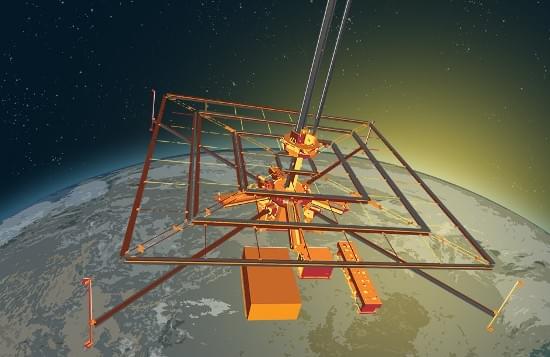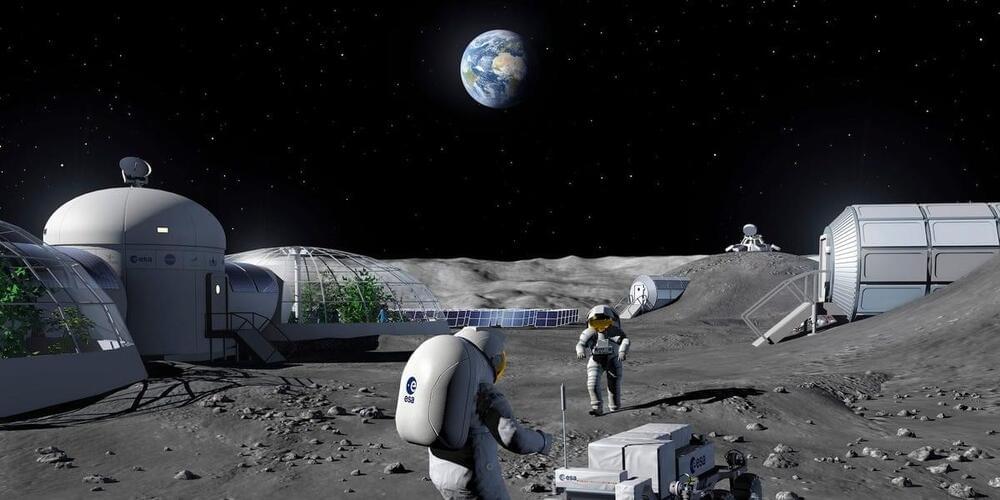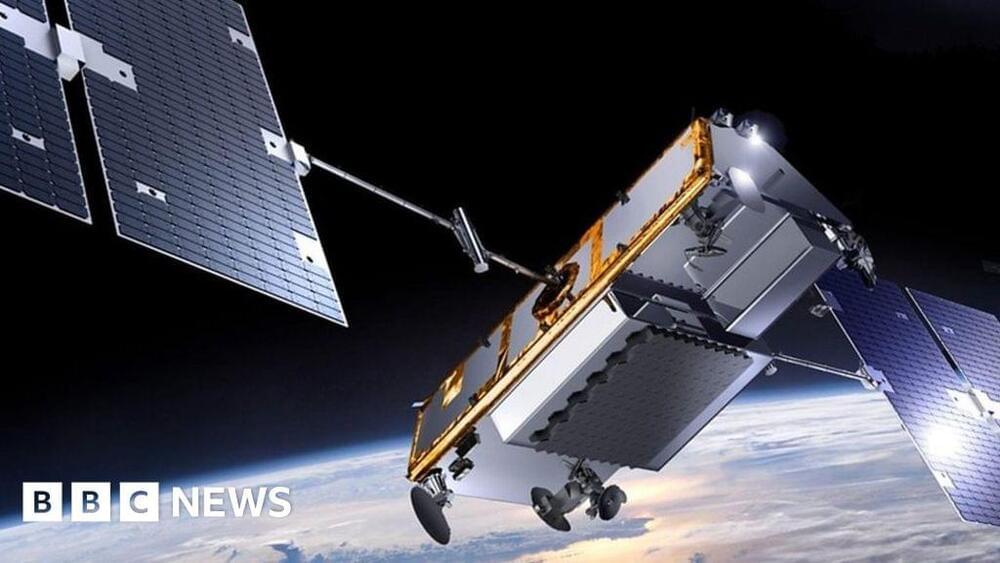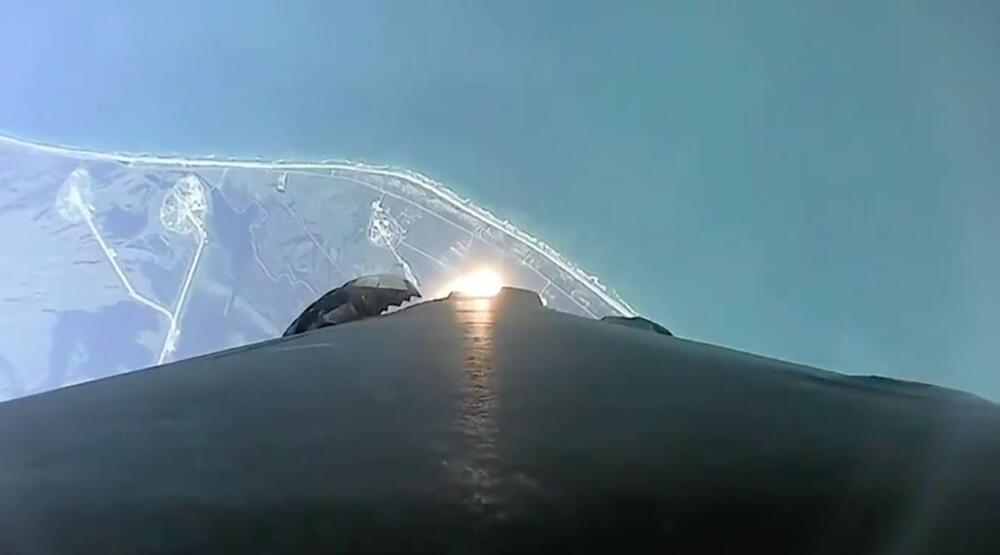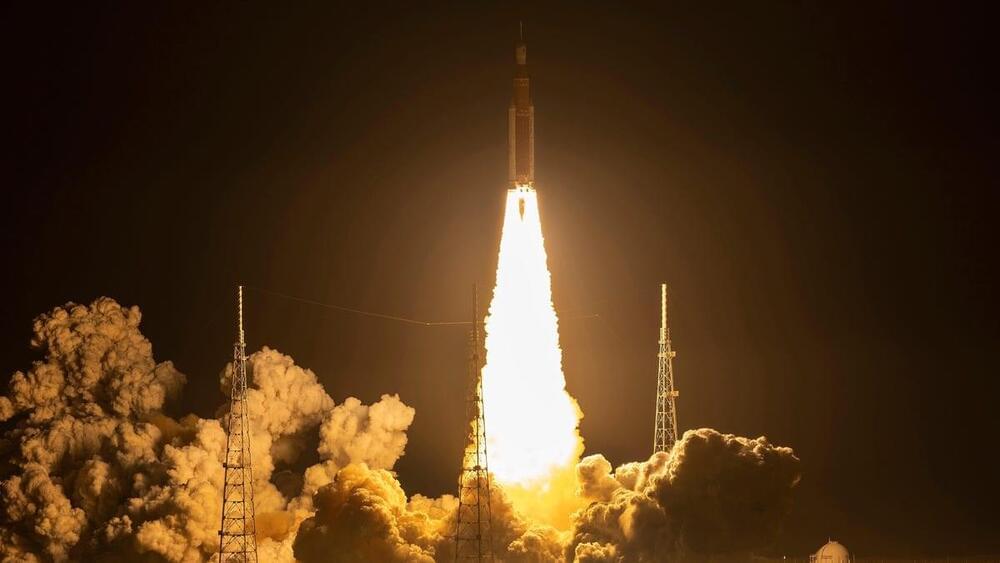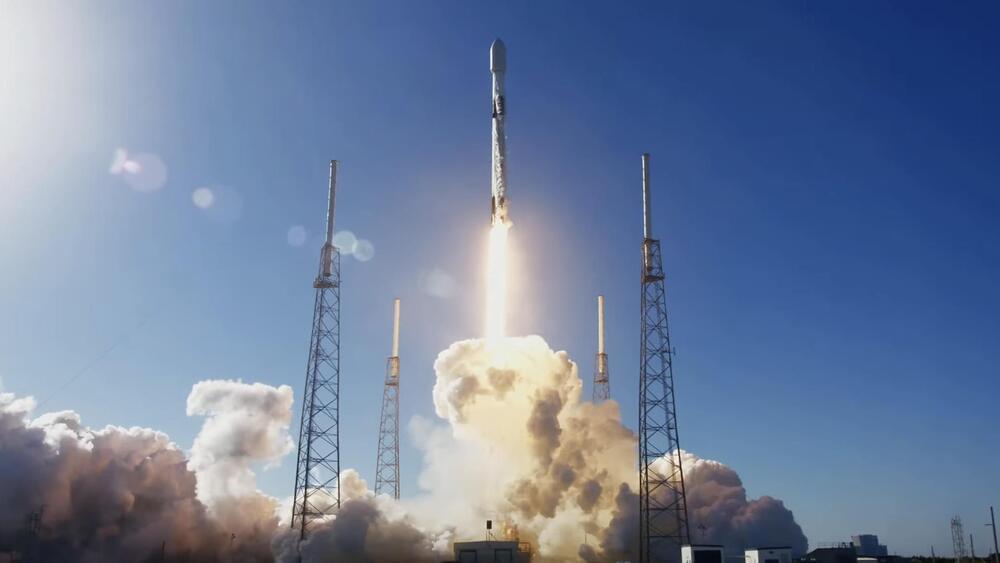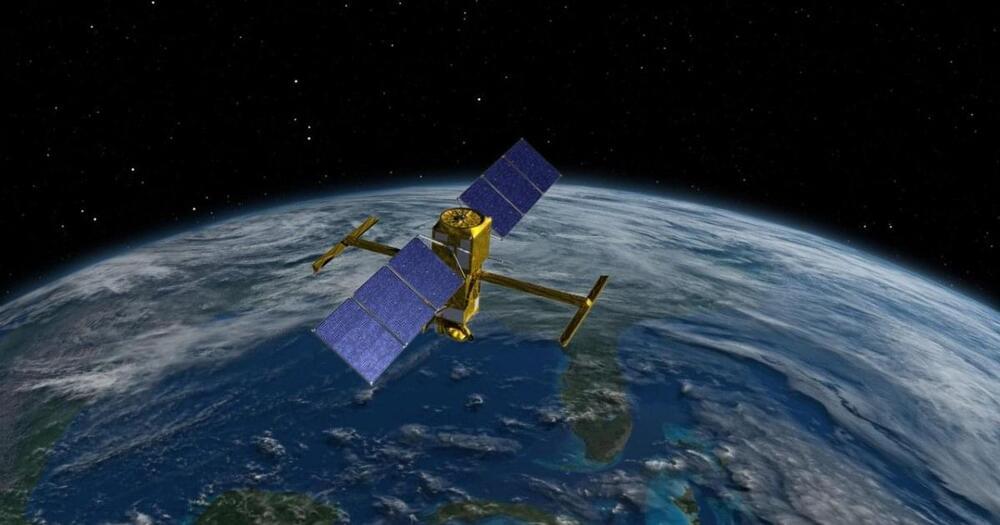Jan 7, 2023
Physicists confirm effective wave growth theory in space
Posted by Dan Breeden in categories: particle physics, satellites
A team from Nagoya University in Japan has observed, for the first time, the energy transferring from resonant electrons to whistler-mode waves in space. Their findings offer direct evidence of previously theorized efficient growth, as predicted by the non-linear growth theory of waves. This should improve our understanding of not only space plasma physics but also space weather, a phenomenon that affects satellites.
When people imagine outer space, they often envision it as a perfect vacuum. In fact, this impression is wrong because the vacuum is filled with charged particles. In the depths of space, the density of charged particles becomes so low that they rarely collide with each other.
Instead of collisions, the forces related to the electric and magnetic fields filling space, control the motion of charged particles. This lack of collisions occurs throughout space, except for very near to celestial objects, such as stars, moons, or planets. In these cases, the charged particles are no longer traveling through the vacuum of space but instead through a medium where they can strike other particles.

